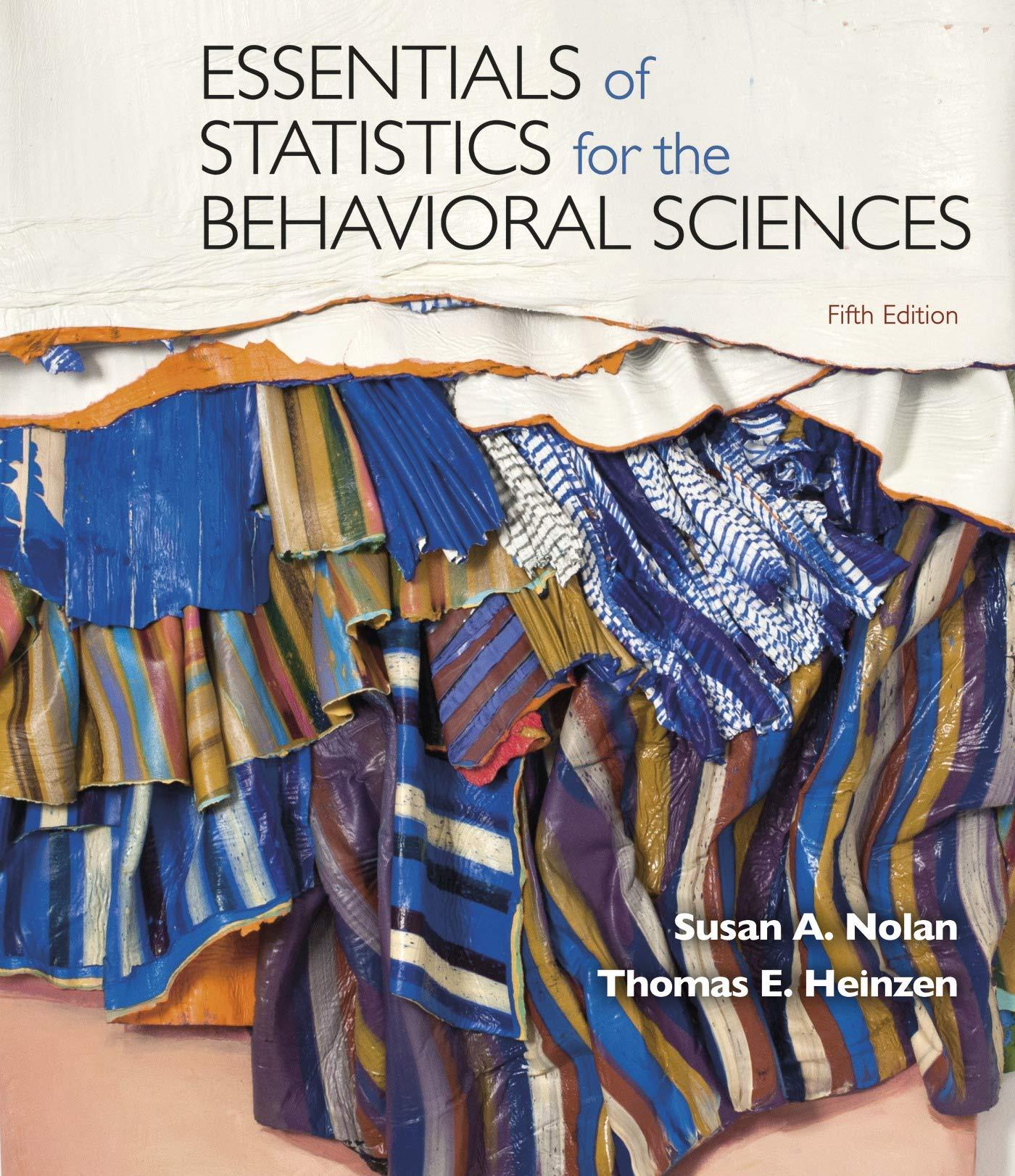9.58 Paid days off and the single-sample t test: The number of paid days off (e.g., vacation,...
Question:
9.58 Paid days off and the single-sample t test: The number of paid days off (e.g., vacation, sick leave) taken by eight employees at a small local business is compared to the national average. You are hired as a consultant by the new business owner to help her determine how many paid days off she should provide. In general, she wants to set some standard for her employees and for herself. Let’s assume your search on the Internet for data on paid days off leaves you with the impression that the national average is 15 days. The data for the eight local employees during the last fiscal year are 10, 11, 8, 14, 13, 12, 12, and 27 days.
a. Write hypotheses for your research.
b. Which type of test would be appropriate to analyze these data so as to answer your question?
c. Before doing any computations, do you have any concerns about this research? Are there any questions you might like to ask about the data you have been given?
d. Calculate the appropriate t statistic. Show all of your work in detail.
e. Draw a statistical conclusion for this business owner.
f. Calculate the confidence interval. g. Calculate and interpret the effect size. h. Consider all the results you have calculated. How would you summarize the situation for this business owner? Identify the limitations of your analyses and discuss the difficulties of making comparisons between populations and samples. Make reference to the assumptions of the statistical test in your answer. i. After further investigation, you discover that one of the data points, 27 days, was actually the owner’s number of paid days off. Calculate the t statistic and draw a statistical conclusion, adapting for this new information by deleting that value. What changed in the re-analysis of the data? j. Calculate and interpret the effect size, adapting for this new information by deleting the outlier of 27 days. What changed in the reanalysis of the data?
Step by Step Answer:

Essentials Of Statistics For The Behavioral Sciences
ISBN: 9781319247195
5th Edition
Authors: Susan A. Nolan, Thomas Heinzen






